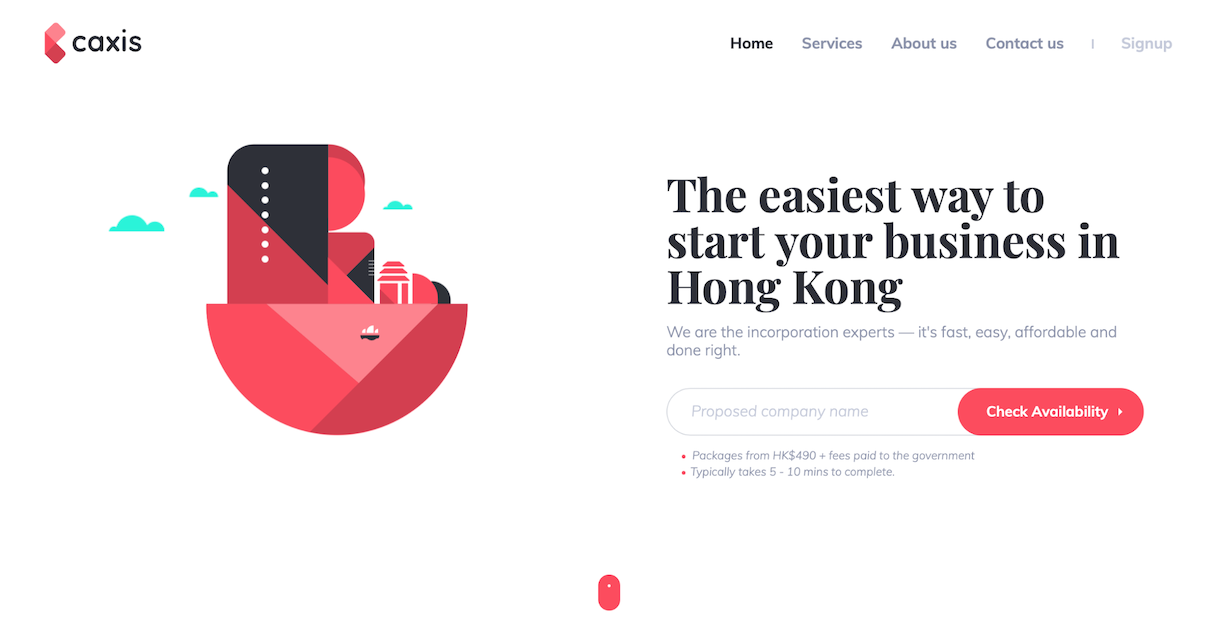Cenet Whispers
Your source for the latest insights and trends.
Less is More: The Surprising Truth Behind Minimalist Web Design
Discover why minimalist web design is the secret sauce for user engagement and success. Less truly is more—learn how now!
Exploring the Benefits of Minimalist Web Design: Why Less is More
In today's fast-paced digital world, minimalist web design has emerged as a powerful approach that emphasizes simplicity and usability. By stripping away unnecessary elements, minimalist design allows for a more focused user experience. This style prioritizes essential content and functionalities, ensuring that visitors can navigate websites with ease. For instance, a study by Smashing Magazine highlights that users are more likely to engage with clean and straightforward layouts, as they reduce cognitive load, making it easier for users to absorb information and make decisions.
Moreover, less is more when it comes to performance. Minimalist web design not only improves aesthetics but also enhances website loading times, which is crucial for retaining visitors. Websites that utilize fewer graphics and heavy elements often achieve faster performance metrics. According to a report by Search Engine Journal, faster websites lead to lower bounce rates and higher conversion rates. In conclusion, adopting a minimalist design strategy can significantly improve both user engagement and overall site performance, making it essential for webmasters looking to boost their online presence.

10 Essential Principles of Minimalist Web Design You Need to Know
Minimalist web design is a powerful approach that emphasizes simplicity and functionality, enabling users to navigate websites more intuitively. One essential principle is the use of a limited color palette. By choosing two or three primary colors, you create a cohesive look that enhances readability and visual appeal. Additionally, whitespace is crucial; it helps separate different elements on a page, guiding the user's attention to what truly matters. For an in-depth understanding, check out Smashing Magazine's guide on minimalist design.
Responsive design is another key tenet of minimalist web design, ensuring that your website looks great on all devices, from desktops to smartphones. This flexibility improves user experience and is favored by search engines, enhancing your SEO rankings. Moreover, prioritize functional typography; selecting well-structured fonts can significantly impact how users consume content. For more insights, visit Webdesigner Depot for a comprehensive look at the critical elements of minimalist design.
How Minimalism in Web Design Leads to Better User Experience
Minimalism in web design emphasizes simplicity by reducing unnecessary elements and focusing on essential features. By streamlining the layout, designers create a more intuitive navigation experience, which enables users to find the information they need quickly and effortlessly. A clean design not only enhances aesthetic appeal but also significantly boosts user engagement. According to a study by Nielsen Norman Group, users are likely to stay longer on websites that boast a minimalistic approach, as it encourages exploration without overwhelming them with clutter.
Moreover, a minimalist design contributes to improved load times, which is crucial for maintaining user interest. Research indicates that 93% of users leave a website if it takes more than three seconds to load. By prioritizing speed and efficiency, minimalist designs ensure that users can access information quickly. This not only leads to better satisfaction but also increases the likelihood of returning visits, ultimately enhancing the overall user experience.